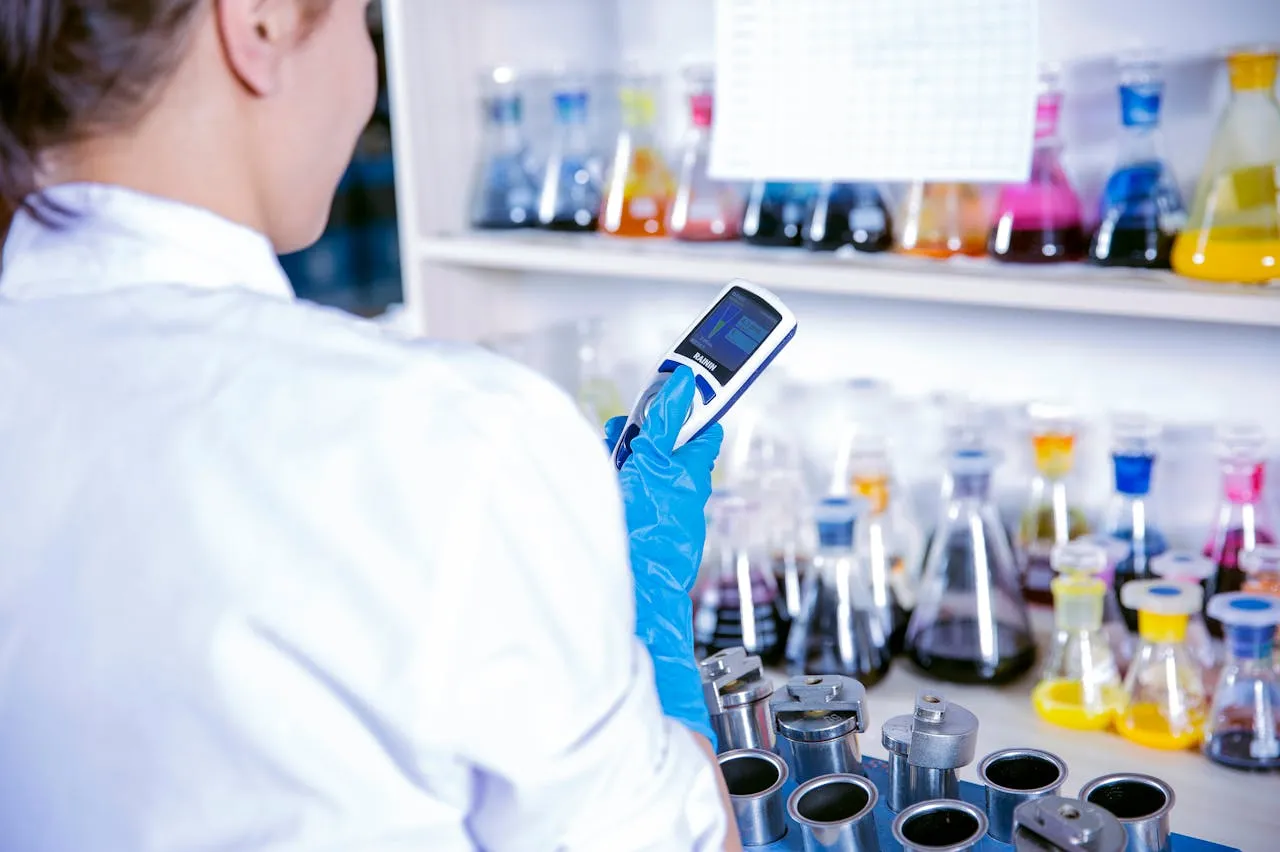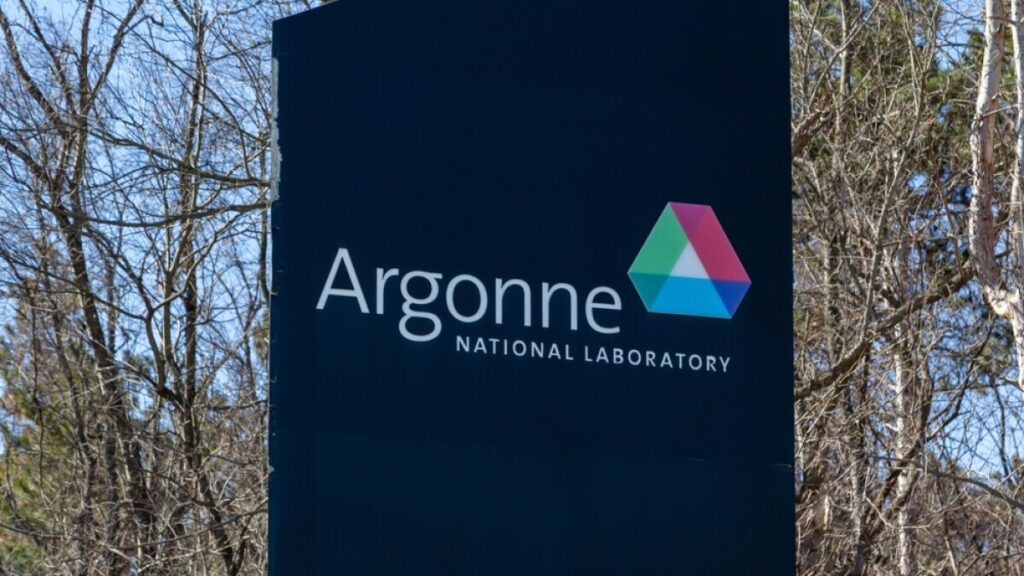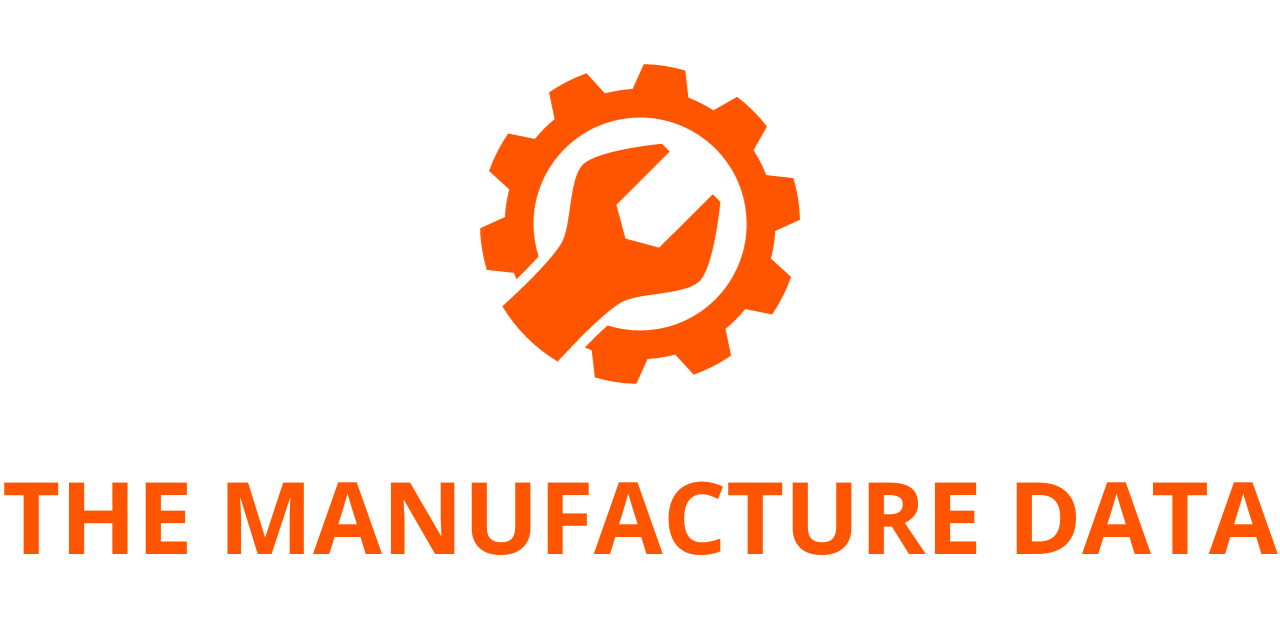
Argonne Scientists Unveil Breakthrough Membrane to Efficiently Extract Lithium from Water
Lithium, the lightest metal on the periodic table, has emerged as one of the most vital elements in today’s technology-driven world. Its unique properties—lightweight composition, high electrochemical potential, and exceptional energy density—have made it the cornerstone of countless devices and technologies. From electric vehicles and smartphones to military-grade batteries and renewable energy storage systems, lithium powers much of the modern world. However, the global surge in demand for this critical resource has highlighted the fragility and limitations of current lithium supply chains.
To address growing concerns about lithium scarcity, geopolitical risks, and environmental impacts associated with conventional extraction, researchers at the Argonne U.S. Department of Energy’s Argonne National Laboratory have developed a transformative new membrane technology. This novel approach promises to extract lithium from water sources more efficiently, economically, and sustainably than traditional methods. Argonne Several researchers working on this project also hold joint appointments with the Pritzker School of Molecular Engineering (PME) at the University of Chicago, highlighting the collaborative academic-industrial partnership behind the innovation.
Lithium Demand Soars as Supply Chains Tighten
As the world accelerates its shift toward electrification and renewable energy, lithium has become a critical raw material. Argonne Global consumption of lithium has expanded rapidly over the past decade, and forecasts suggest continued exponential growth. Electric vehicles (EVs), in particular, are driving this surge, with each battery pack requiring several kilograms of lithium. Yet, the global supply remains heavily concentrated.
Currently, the majority of the world’s lithium is produced through hard-rock mining in Australia and extraction from brine lakes in South America, particularly in countries like Chile, Argentina, and Bolivia. While effective, these processes come with high environmental costs, including water depletion, land disruption, and carbon emissions. Moreover, geopolitical instability and limited Argonne geographical diversity have made the global lithium supply chain vulnerable to disruptions and bottlenecks.
Paradoxically, while lithium scarcity is a mounting concern, the Earth harbors vast quantities of lithium in unconventional reservoirs. These include seawater and underground brines—both of which contain enormous volumes of lithium in dissolved form. However, tapping into these sources has remained elusive due to technical and economic challenges. Extracting lithium from water sources is notoriously difficult because it is found alongside other more abundant and chemically similar elements such as sodium, potassium, and magnesium.
The Challenge: Isolating Lithium in a Sea of Ions
In aqueous environments like seawater or brine, lithium exists as a positively charged ion (Li⁺), known as a cation. Unfortunately, so do many other elements, including sodium (Na⁺) and magnesium (Mg²⁺), which often occur in much higher concentrations. Traditional filtration and separation technologies struggle to distinguish between these ions because they are similar in size and charge. For instance, magnesium ions, which carry a double positive charge, are even more challenging to separate due to their strong attraction to negatively charged surfaces.

As a result, any solution to extract lithium from these dilute and complex mixtures must exhibit high selectivity—being able to effectively filter lithium ions while rejecting others. Until now, no widely scalable, cost-effective, and energy-efficient method has managed to overcome these obstacles. That’s where Argonne’s new membrane technology comes into play.
A Revolutionary Membrane Made from Common Clay
The Argonne innovative membrane developed by Argonne researchers leverages a material that is both abundant and inexpensive: vermiculite. Vermiculite is a naturally occurring clay mineral that costs roughly $350 per ton—drastically cheaper than synthetic materials commonly used in advanced separation technologies. What makes vermiculite even more appealing is its layered structure, which can be manipulated at the nanoscale.
Using a specialized exfoliation process, the research team separated vermiculite into ultrathin sheets—each just a few nanometers thick, about one-billionth of a meter. These sheets were then carefully restacked into a layered structure resembling a sandwich or stack of paper. While these thin layers offered potential as filters, a major challenge quickly became apparent: in water, the layers would collapse or disintegrate, making the membrane unstable and unusable.
To solve this problem, the researchers engineered a structural reinforcement using aluminum oxide (Al₂O₃) pillars. These microscopic pillars were inserted between the clay layers, creating a strong and stable architecture—akin to a multistory parking garage with reinforced concrete columns holding each level apart. This structure not only prevents collapse when submerged in water but also plays a crucial role in tuning the membrane’s electrochemical properties.
Charge Manipulation: Turning the Membrane Selective
Once stabilized, the vermiculite-based membrane underwent additional modifications to enable selective ion separation. The team neutralized the negative surface charges that naturally exist in clay, which would otherwise attract unwanted ions like magnesium too strongly. Then, they introduced sodium ions (Na⁺) into the membrane’s framework, allowing them to cluster around the aluminum oxide pillars. This process effectively shifted the membrane’s surface charge from neutral to positively charged.
This Argonne seemingly small change had dramatic consequences. In water, both lithium and magnesium ions carry positive charges, but the strength of their charges differs: lithium has a single positive charge (+1), whereas magnesium carries a double positive charge (+2). Because like charges repel, the positively charged membrane repels both ions—but repels magnesium more strongly due to its higher charge. This differential repulsion allows lithium ions to pass through the membrane more readily than magnesium, achieving the selective filtration needed for effective lithium recovery.
A Versatile Platform with Global Implications
While the membrane’s primary focus is lithium extraction, its potential applications extend well beyond a single element. According to the researchers, this approach could be tailored to target other strategically important materials, including nickel, cobalt, copper, and rare earth elements—all of which are critical for clean energy technologies, electronics, and national defense. In fact, the same principles that allow the membrane to differentiate between lithium and magnesium can be adjusted to discriminate among a wide variety of ions, depending on charge, size, and chemical affinity.
In addition, the membrane holds promise for environmental remediation, particularly in removing toxic or unwanted ions from drinking water or industrial wastewater. Clean water access remains a pressing global challenge, and materials capable of selectively filtering contaminants without high energy or material costs could become vital tools for sustainable development.
Toward Commercialization and Scalable Deployment
While still in the research and development stage, the Argonne membrane technology is designed with scalability in mind. Its reliance on affordable raw materials, like vermiculite and aluminum oxide, gives it a significant economic advantage over more exotic membrane technologies. Furthermore, its fabrication methods are compatible with industrial-scale processing, paving the way for real-world implementation in sectors ranging from mining and desalination to battery recycling.
The researchers are now working on optimizing the membrane’s performance under various conditions, including different water chemistries, temperatures, and flow rates. Further testing will evaluate its durability, efficiency, and lifecycle costs. If these trials prove successful, the technology could help unlock a vast new frontier of lithium resources—those hidden in oceans, geothermal waters, and other untapped sources.
Powering a Sustainable Future
As the Argonne global economy becomes increasingly electrified and digitalized, the demand for lithium and other critical materials will only intensify. Argonne Addressing these challenges will require both technological innovation and sustainable resource management. The membrane developed at Argonne National Laboratory represents a crucial step forward in achieving both goals.
By enabling the efficient extraction of lithium from water sources that were previously considered impractical or uneconomical, this breakthrough has the potential to reshape the lithium supply landscape. It offers not only a buffer against supply chain volatility but also a path to more responsible and environmentally sound resource utilization.
In a future where batteries will power everything from vehicles to Argonne homes and entire cities, innovations like this membrane could help ensure that the materials needed to fuel that future are as clean, secure, and abundant as the energy they store.




